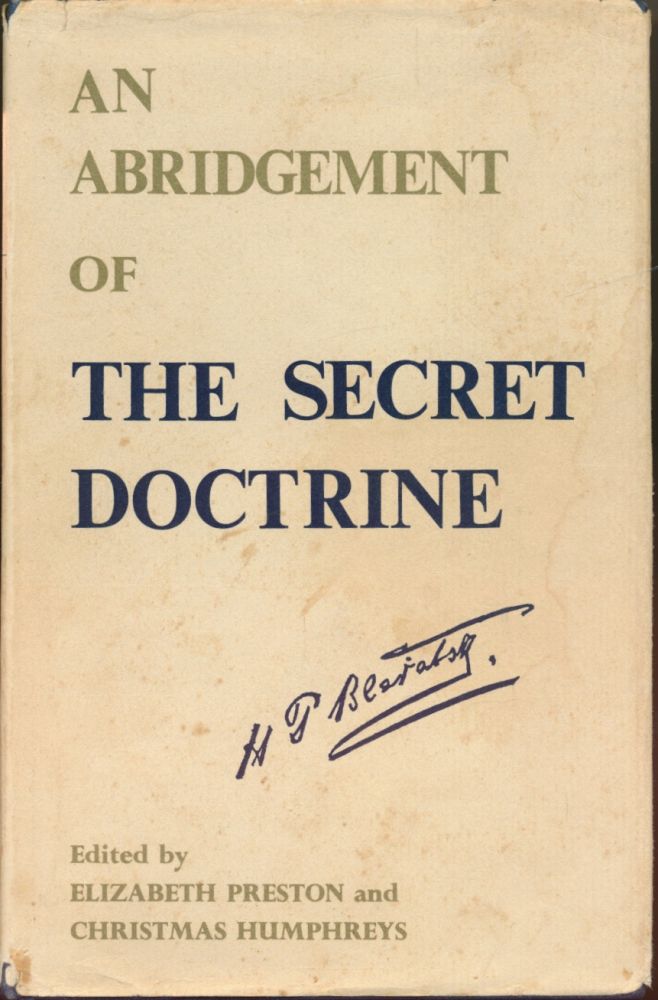

How can we understand these neighborhoods are intertwined? We are all paying taxes, we are all impacted by segregation.” “(The Folded Map Project) is a great, real example of small steps to understanding how did you end up living there, and how can we get to know each other better. “We have perceptions that never get broken down this goes both ways,” Krysan said.

It’s rooted in who a person meets and doesn’t meet, and it plays a role in who someone turns to when making important decisions like where to buy a home, she said. It’s a lack of access to opportunity.”Įxamples of segregation are often in plain sight, said Maria Krysan, a University of Illinois at Chicago professor who wrote a book about the issue. “Is there stuff within 10 minutes of Englewood? No. “The South Side has not been invested in the same way,” O’Shaughnessy said. After driving down to Englewood to meet a resident, O’Shaughnessy realized that while her Far North Side neighborhood doesn’t have everything she would like, she is within a 10-minute drive to Andersonville, which has more restaurants and a park her son likes.

The other recently released study outlined several ways to end segregation, ranging from an earned income tax credit to expanding housing vouchers.īrighid O’Shaughnessy, 44, has lived in West Rogers Park for seven years, but it wasn’t until she participated in the Folded Map project that she realized the differences aren’t limited to neighborhoods but swaths of the city. One concluded that African-Americans would see as much as an additional $2,982 in their wallet every year if the city weren’t so segregated. The Metropolitan Planning Council has released two studies focused on segregation in Chicago.
Opposite of abridge movie#
“We want restaurants, movie theaters, places you could go as a family without this stereotype, this perception of what they see because of the media and what they see in the paper.” “We want resources for our children just like other neighborhoods,” said Hammond, who’s lived in her Englewood home for 15 years. Her husband mows the grass for the entire block, and they bought one of the lots and turned it into a garden and playground to complement her at-home day care. Small things like maintenance of the lots is something Hammond and her husband have taken on to keep their block tidy. Some have become projects for her and her husband, Hammond said. “It’s like ugh! It’s stunning.”įor Hammond, who’s planning to visit Troy’s Rogers Park neighborhood as part of the project, the empty lots are daily reminders of the lack of investment in her neighborhood. “When you go down there - all the vacant lots, all the empty houses, all of this nothing,” she told the Tribune. Troy hadn’t spent much time in Englewood, but on a recent visit she was struck by how few shopping options people have and vacant lots seemingly sprinkled everywhere.


 0 kommentar(er)
0 kommentar(er)
